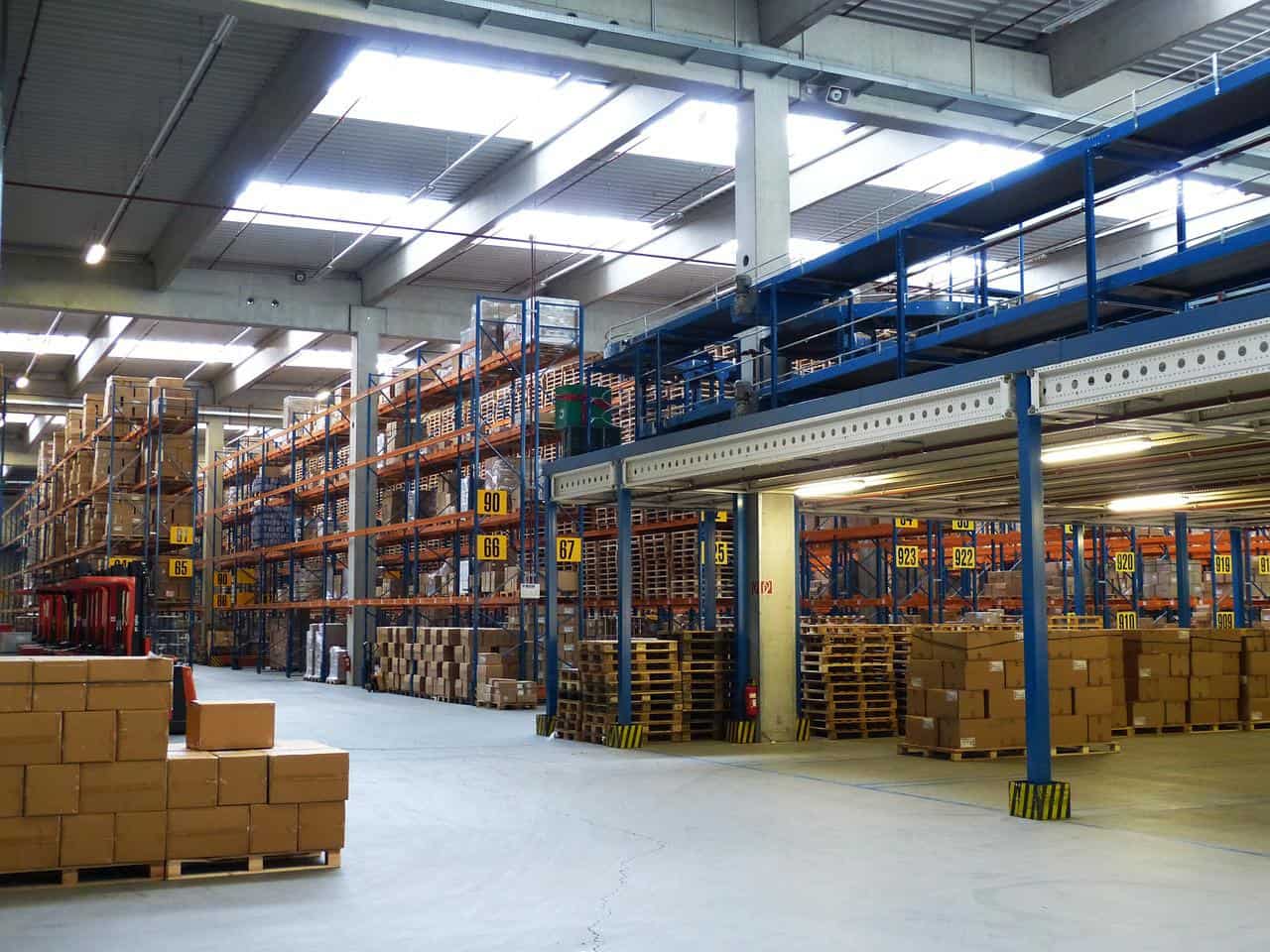While many experts hoped that 2022 would be the year of stabilization for the shipping industry, the supply chain is still being disrupted by dock delays, especially in terms of the loading and unloading of shipments. This continues to result in many carriers having to work within a delivery window instead of operating under a strict schedule.
However, most shippers want to adhere to a strict schedule and if things were different, it would be preferred. Keep reading to learn about what is causing port delays and why these circumstances are resulting in strict delivery windows.
What Is a Delivery Window?
A delivery window is a span of several days, sometimes hours, during which a delivery could be made. For cargo that is being transported by way of the ocean, the delivery window might be between 14 and 16 days. But when cargo is transported by truck, it’s normally completed in four-hour increments.
How Does a Delivery Window Work?
A delivery window outlines delivery times so that the shipper and the customer know when to expect the goods. Delivery windows are generally several hours in length, though they can be days or weeks as well.
With a delivery window, carriers can deal with unexpected challenges, such as delays at the port, traffic-related issues or slower transportation times due to the weather. Delivery windows have been a major factor in the shipping industry for many years, and they are often a metric for measuring the success of a delivery.
Failing to transport an item within the allotted delivery window can mean that the party responsible will have to make amends in some way to the recipient. It could also mean that the contract becomes null, meaning the carrier or the shipper will seek out other opportunities or do business elsewhere.
How Delivery Windows Are Affecting Businesses
Port delays are leading some shippers and carriers to avoid working with anyone who has strict appointment times instead of delivery windows. That’s because there is so much uncertainty right now, and a lot of timelines are completely outside of the shipper or the carrier’s realm of control.
Strict appointment times outline when goods must arrive at the warehouse or facility. So, if the goods must arrive by eight in the evening that same evening, delivering them by even 15 minutes after that is considered late, and it could be a reason for the termination of their agreement.
But what a shipper might not account for is the fact that the truck driver could have been forced to wait an hour longer than usual for the port loading. And quite frankly, there is nothing that truck drivers can do to move that process along in most cases.
On the flip side, the shipper wants to know exactly when the truck will dock to ensure a dock is open and that dock workers are prepared to complete the work. Larger delivery windows make staffing more challenging, too.
This is why some people are still choosing to set strict appointment times instead of using delivery windows despite the challenges that the supply chain is facing. Strict policies on delivery times are placing further strain on the shipping industry while also causing shippers and carriers alike to avoid contracts that involve strict restrictions.
8 Factors Creating Delays in the Shipping Industry
While the ports are where the problems are happening, they are not entirely at fault for the delays either. External factors are impacting their ability to fulfill their roles promptly. Here are the largest factors impacting the shipping industry today.
Lockdowns
Shanghai is a location that has undergone strict lockdown measures for far longer than many other areas, and it’s also the location of the world’s largest port. Dozens of voyages to the Shanghai port have been canceled.
This has begun to result in container shortages, and some carriers refuse to accept shipments of perishables or dangerous cargo that are en route to Shanghai. Without specialized container storage at Shanghai Port, carriers face a myriad of significant challenges.
The port has continued to operate despite the lockdowns, but people working at the port have strict restrictions, resulting in issues when it comes time to transport goods. Truck drivers are also experiencing shortages in China, which is further impacting storage options at the ports, thereby delaying goods.
While lockdowns are easing in China thanks to the decline in COVID cases, getting the Chinese ports back to their original method of operations will take time.
Equipment and Space Scarcity
Proper equipment at the ports helps operators move containers and load them onto the right trucks. But the industry is facing challenges in terms of getting the equipment it needs in order to function at full capacity.
Storage space is also scarce, which is driving up shipping prices in many ways. And with limited storage, some freight forwarders are paying premium prices for storage space. Optimizing the shipping process is essential to keeping costs down.
Congestion at Ports
As consumers ordered more goods during the lockdown, congestion was at an all-time high at nearly every port. Ships began to queue in the waters at the West Coast ports – including the Port of Los Angeles – leading some companies to favor the East Coast ports.
However, it wasn’t long before East Coast ports began experiencing large queues and subsequent delays as well. The congestion resulted in the delay of goods arriving from Asia.
While the situation has improved, things still aren’t quite what they were two years ago. This reality is due in part to fewer shipments delivered to Chinese ports during the lockdowns.
Customs Issues
January 1, 2022, saw new customs checks due to Brexit, which has resulted in import delays from European countries. In July of 2022, full border checks began, which has further delayed cargo coming from the EU.
To combat these issues, freight forwarders need to update their forecasting to account for these changes and ensure space and equipment will be available once the shipment arrives. Factoring in market conditions, such as seasonal increases, will also help reduce the slowdowns happening under new customs laws.
Trucking Industry Challenges
Trucking is an industry that is facing high turnover rates and an aging workforce during a time where workers don’t want to be away from home for long stretches of time. That said, the industry is also extremely cyclical.
Before the pandemic struck, the trucking industry was experiencing a recession that caused the lay-off of thousands of truck drivers. The industry also decreased by $800 billion. Then, along came the pandemic, which led to quarantine restrictions for sick drivers.
This created a shortage of more than 80,000 truck drivers that were needed to service the booming supply chain. More drivers than ever retired while the traditionally high attrition rate continued furthering the challenging situation that the industry is now facing.
Increased Demand for Goods
Consumer buying habits changed during the pandemic. While they couldn’t spend money on vacations or eat out at restaurants, they redirected that discretionary spending towards consumer goods.
Additionally, the labor force transitioned to working from home, which made home office equipment soar in regard to its demand. From February 2020 to April 2021, durable goods rose 30.8%.
Meanwhile, companies transitioned away from just-in-time inventory management due to a lack of resources and COVID-19 restrictions. In response, they ordered larger inventory stocks, which further strained the supply chain in terms of being able to transport these goods.
Labor Issues
Widespread labor shortages have also challenged the shipping industry. China’s zero-tolerance COVID policies have caused labor issues as well. These issues are driving up the cost of consumer goods.
Lack of Warehouse Space
Lack of shipping containers led to issues in the supply chain, so ship operators purchased new containers. Now, ship operators estimate that they are moving 8 million more containers than they were in 2019. But with more shipping containers has come less storage space in warehouses, which is slowing the movement of goods once more.
Setting Realistic Delivery Expectations
Shippers and carriers need to adapt their delivery expectations to meet modern demands and changes in the supply chain. Strict delivery windows are outdated based on current requirements and supply chain strains.
FAQ
A variety of factors are leading to container shipping delays, including lockdowns in China, port congestion, customs issues, increased demand for goods, truck driver shortages, equipment delays, storage space capacity challenges and various other reasons.
Clear, effective customer communication can help you deal with delivery-related delays. Adding real-time tracking tools can also keep all parties involved so that they can track shipments throughout the entire process.
Demands soared while the industry experienced a labor shortage combined with port restrictions. Global challenges resulting from COVID-19 have led to the shipping crisis.


